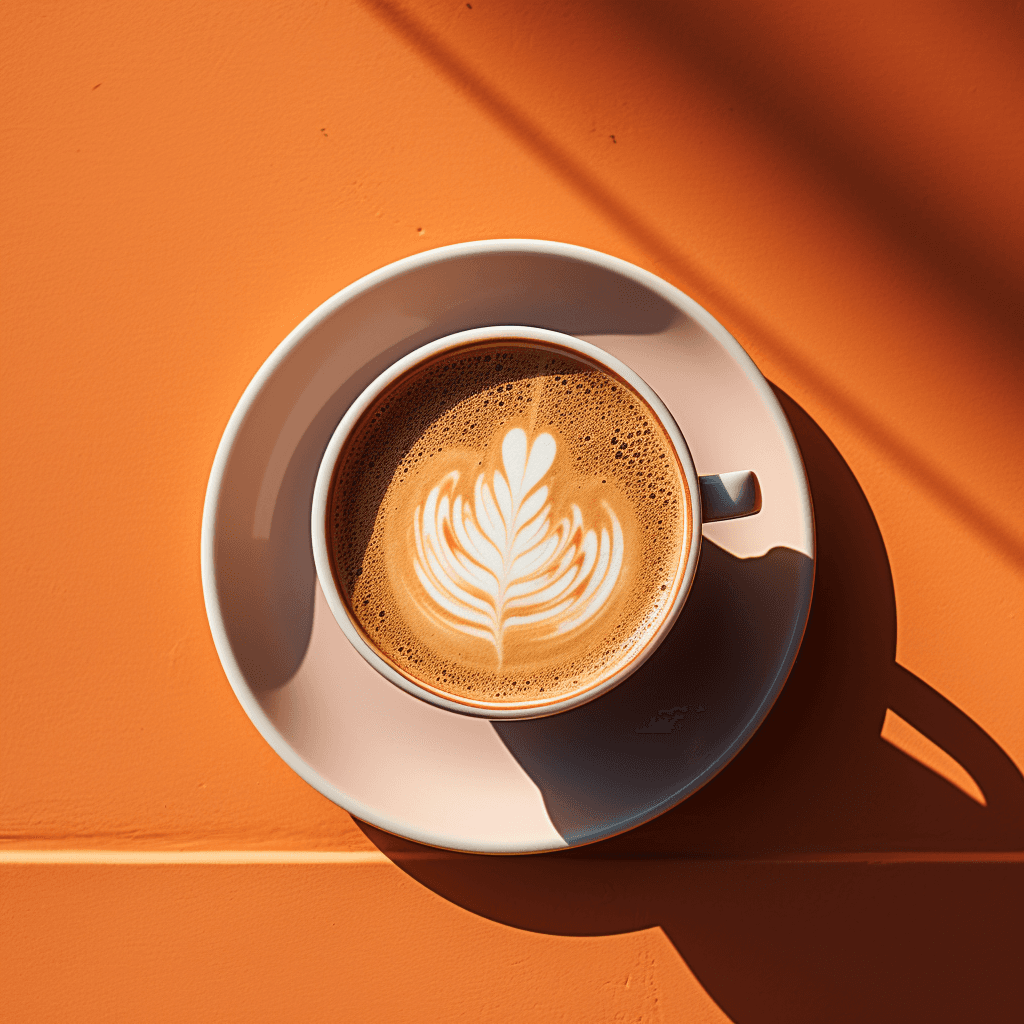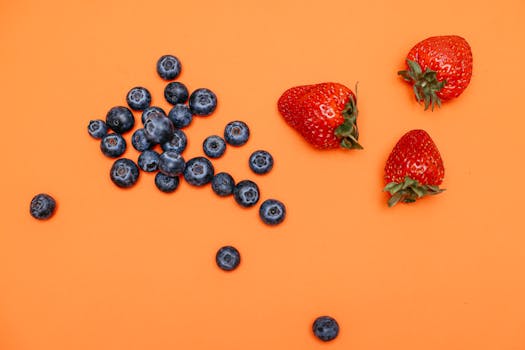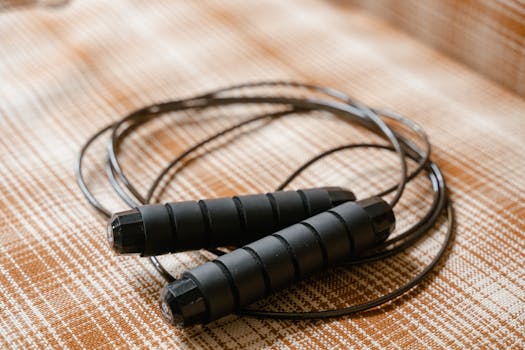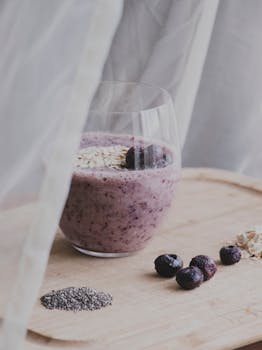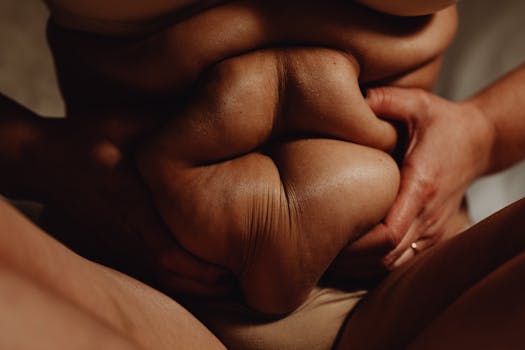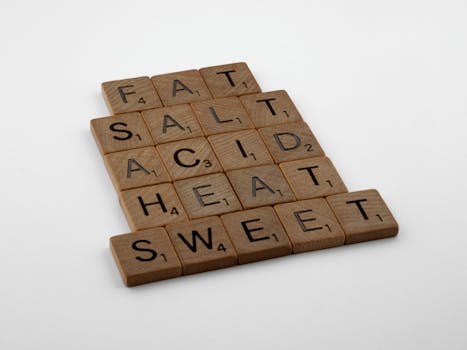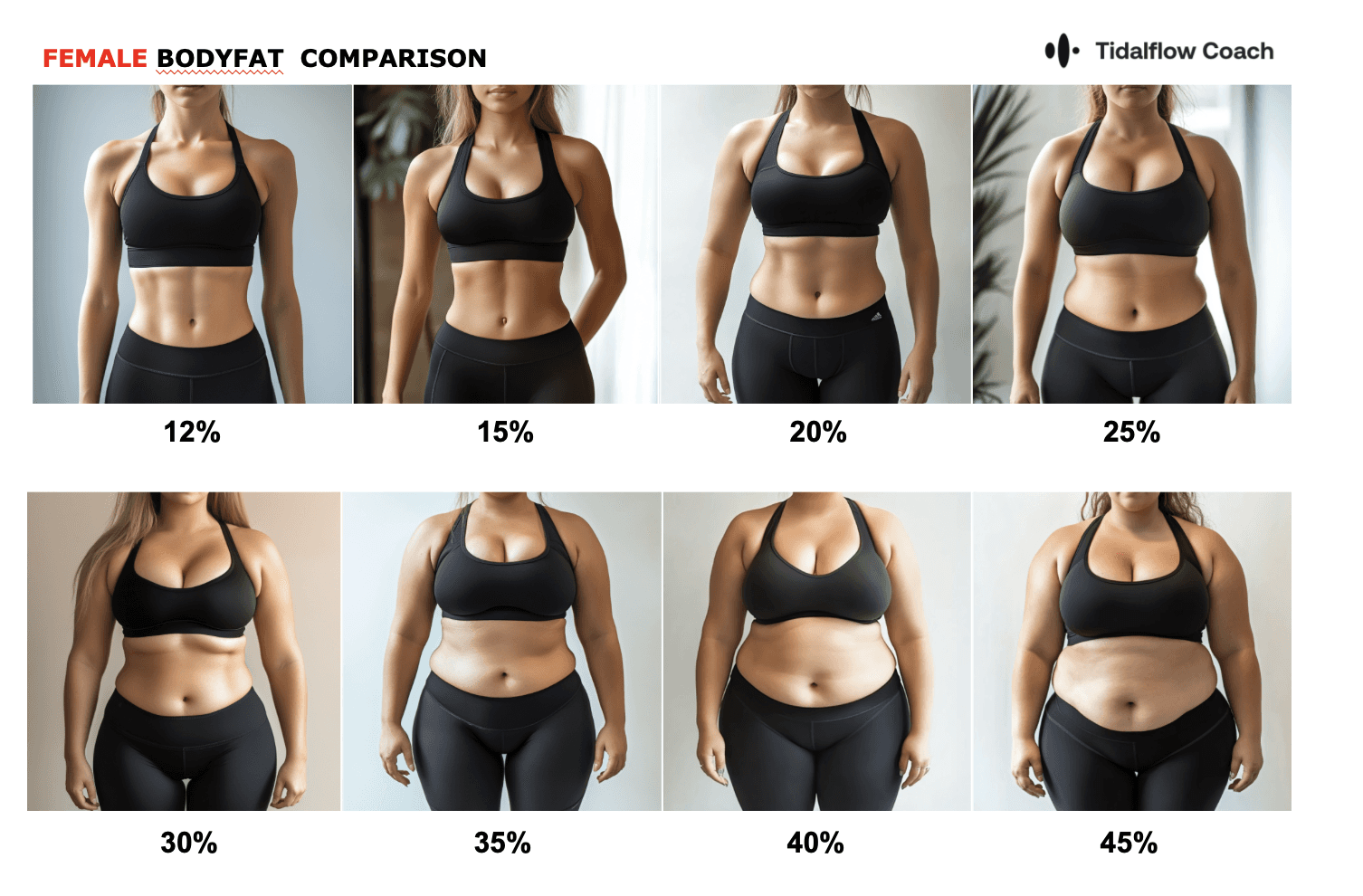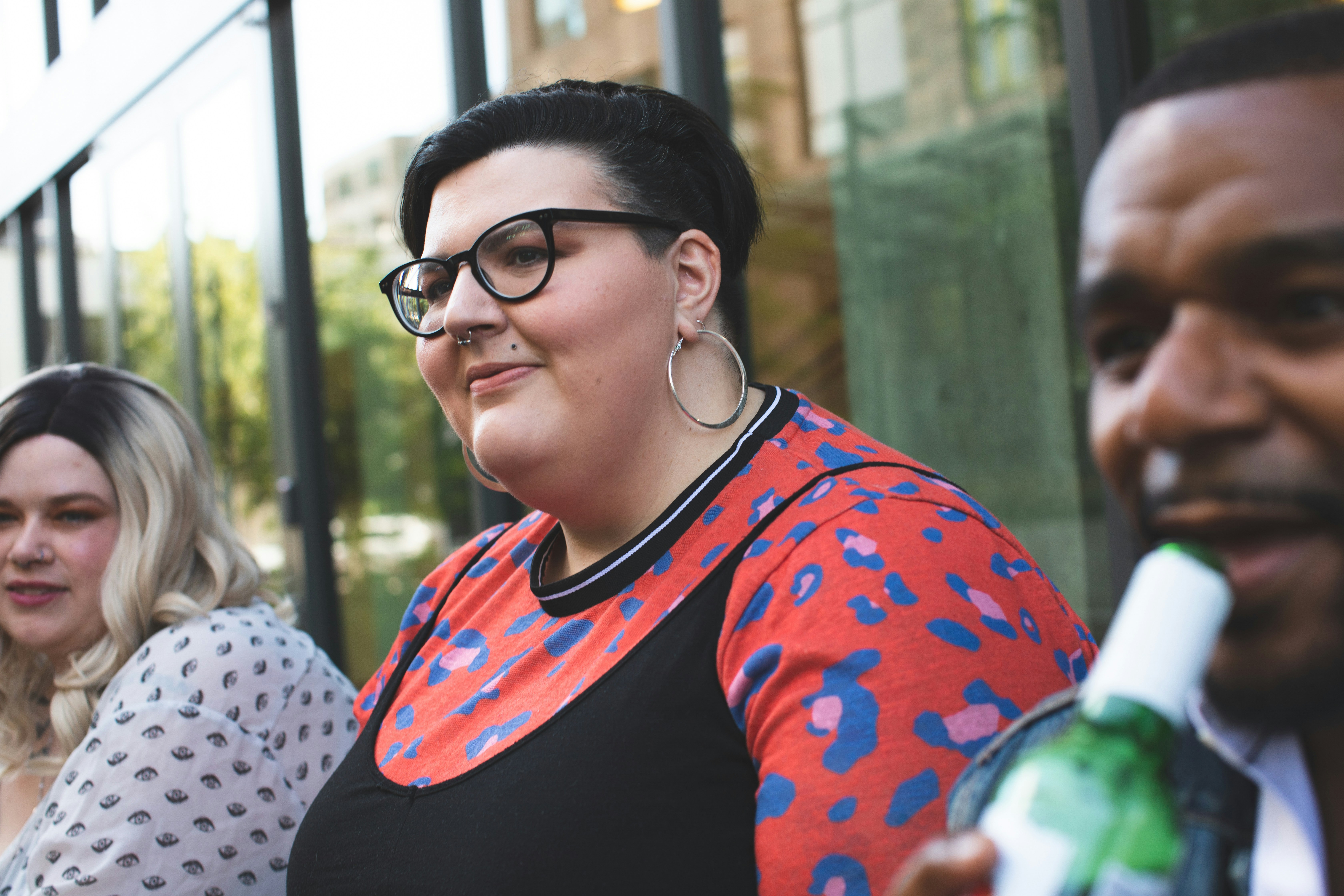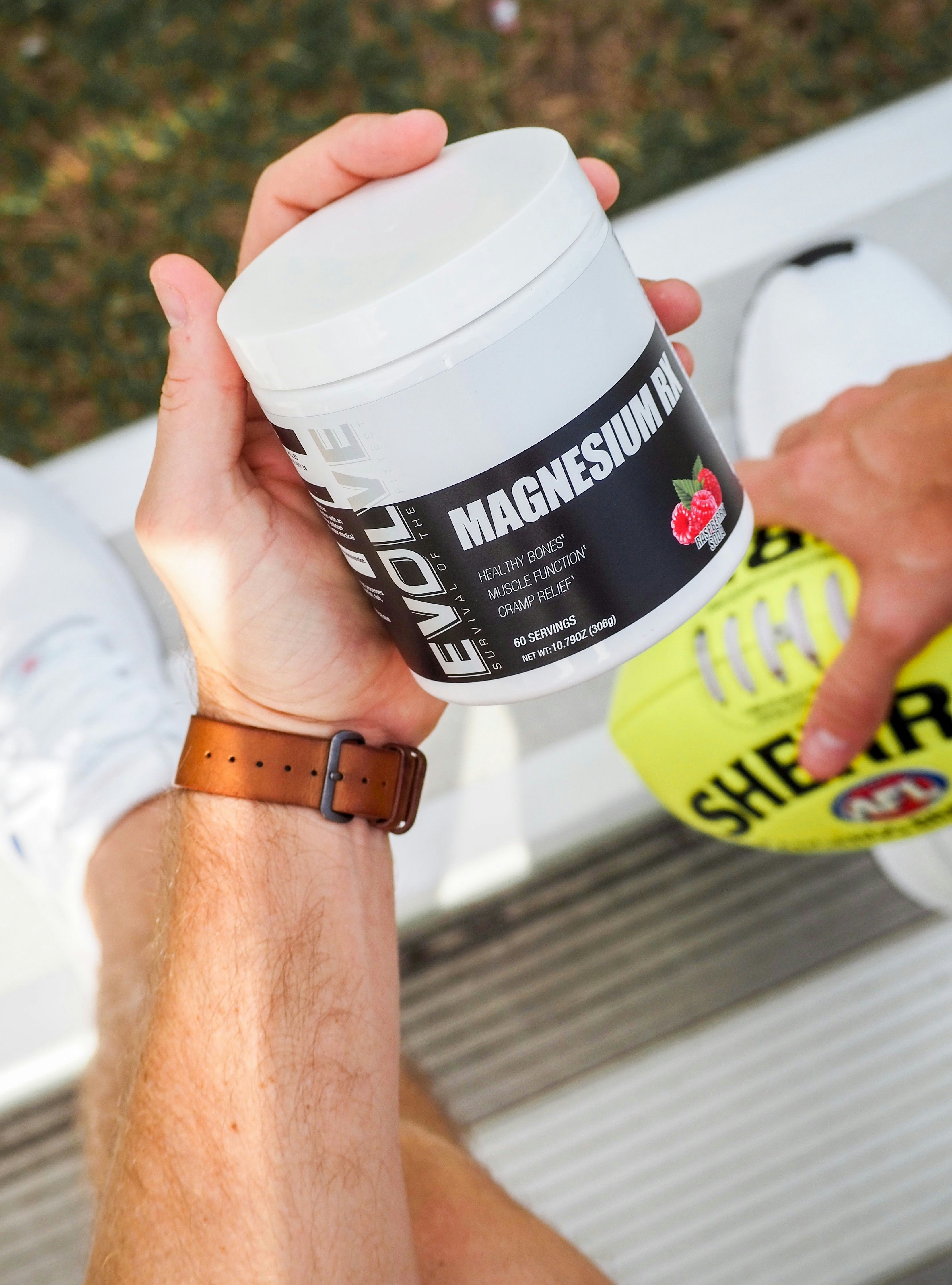Latte vs Cappuccino: Differences, Taste & Which to Choose
Oct 3, 2024
Coffee lovers around the world often find themselves debating the merits of different espresso-based drinks. Two of the most popular contenders in this caffeinated showdown are the latte and the cappuccino. But what exactly sets these two drinks apart? In this comprehensive guide, we'll explore the nuances of lattes and cappuccinos, helping you understand their unique characteristics and decide which one might be your perfect cup.
What is a Latte?
A latte, short for "caffè latte" (Italian for "milk coffee"), is an espresso-based drink that has gained immense popularity in coffee shops worldwide. But what exactly goes into making this creamy beverage?
Latte Composition:
Espresso: The base of a latte is a shot (or two) of espresso.
Steamed Milk: A generous amount of steamed milk is added to the espresso, typically in a ratio of about 1:3 (espresso to milk).
Milk Foam: A thin layer of milk foam tops off the drink, often used to create latte art.
The result is a smooth, milky coffee drink with a subtle espresso flavor. The large amount of steamed milk gives the latte its signature creamy texture and milder taste compared to other espresso-based drinks.
What is a Cappuccino?
Cappuccino, another Italian coffee classic, offers a different flavor profile and texture compared to a latte. Let's break down what makes a cappuccino unique.
Cappuccino Composition:
Espresso: Like a latte, a cappuccino starts with a base of espresso.
Steamed Milk: Equal parts steamed milk are added to the espresso.
Milk Foam: A significant layer of frothed milk foam tops the drink, giving it a light and airy texture.
The key to a perfect cappuccino lies in its equal ratio of espresso, steamed milk, and milk foam, typically in thirds. This balance creates a harmonious blend of strong coffee flavor and creamy milk, with a luxurious frothy top.
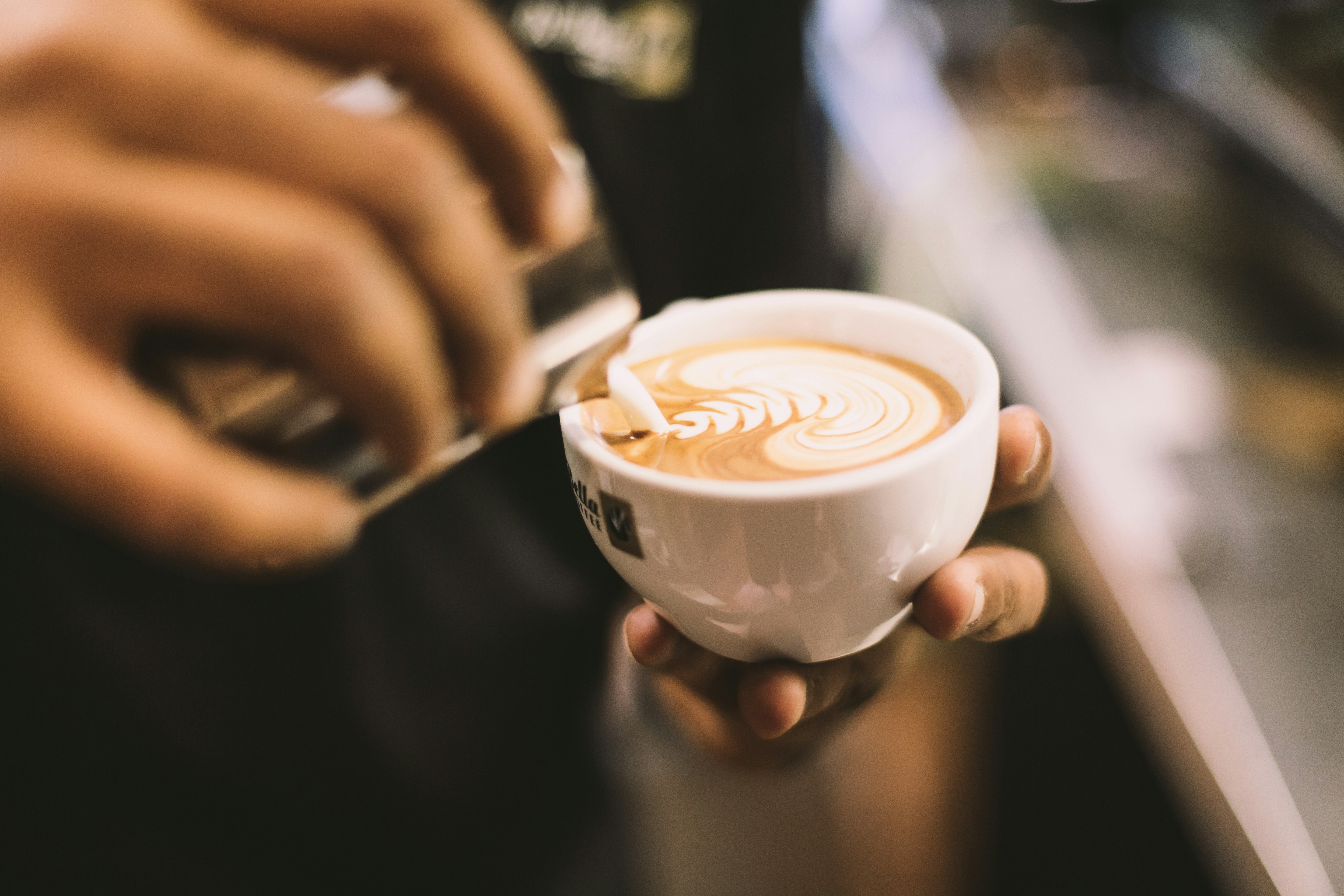
Latte vs Cappuccino: Key Differences
Now that we've defined both drinks, let's dive into the main differences between a latte and a cappuccino:
Milk-to-Foam Ratio: The most significant difference lies in the ratio of steamed milk to milk foam. Lattes have more steamed milk and less foam, while cappuccinos have equal parts steamed milk and foam.
Flavor Intensity: Due to the higher milk content, lattes tend to have a milder, creamier flavor. Cappuccinos, with less milk and more foam, offer a stronger coffee taste.
Texture: Lattes are smoother and more liquid throughout, while cappuccinos have a distinctly different texture between the liquid base and the frothy top.
Size: Traditionally, cappuccinos are served in smaller cups (around 6 ounces), while lattes are often served in larger cups (8-12 ounces).
Customization: Lattes are more commonly flavored with syrups or other additives, while cappuccinos are usually enjoyed in their pure form.
Is a Latte Stronger Than a Cappuccino?
When it comes to caffeine content, lattes and cappuccinos are quite similar if they use the same number of espresso shots. However, the perception of strength can differ:
Taste Strength: Cappuccinos often taste stronger due to the lower milk-to-espresso ratio and the presence of more foam, which allows the espresso flavor to come through more prominently.
Caffeine Content: If both drinks use a single shot of espresso, they'll have the same amount of caffeine. However, lattes are often served in larger sizes and may contain an extra shot of espresso, potentially increasing their caffeine content.
It's worth noting that the strength of either drink can be adjusted by asking for extra shots of espresso or changing the milk-to-espresso ratio.
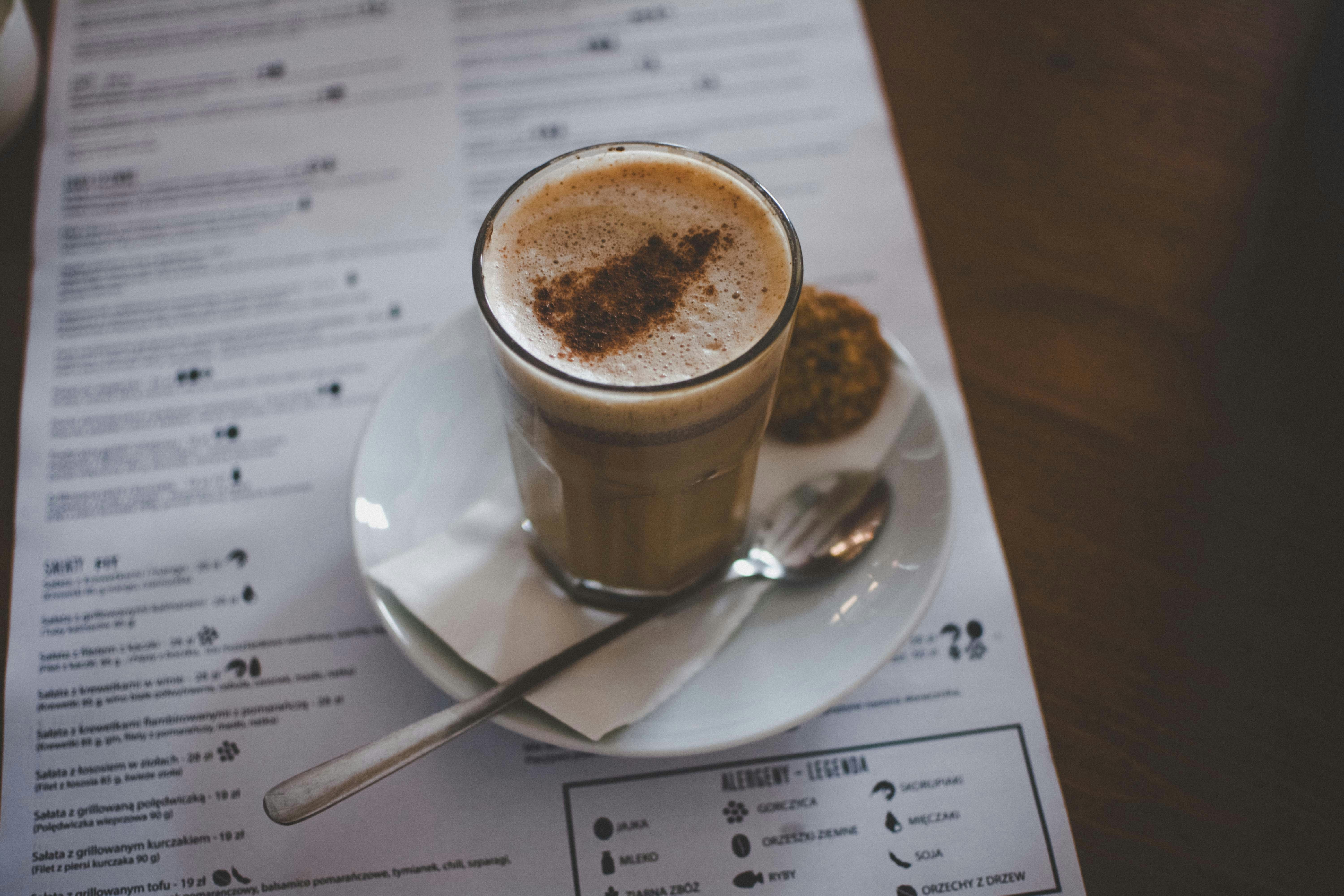
What's the Difference Between a Latte, a Cappuccino, and a Macchiato?
To further complicate the coffee landscape, let's throw another popular espresso-based drink into the mix: the macchiato.
Latte: As we've discussed, a latte consists of espresso with a large amount of steamed milk and a small layer of foam.
Cappuccino: Equal parts espresso, steamed milk, and milk foam.
Macchiato: Espresso with just a small amount of steamed milk "marked" on top. The word "macchiato" means "stained" or "spotted" in Italian.
The key difference lies in the milk content: macchiatos have the least milk, cappuccinos have a moderate amount, and lattes have the most.
Is a Latte or Cappuccino Healthier?
When it comes to health considerations, both lattes and cappuccinos can be part of a balanced diet. However, there are a few factors to consider:
Calorie Content: Lattes typically contain more calories due to the higher milk content. A standard cappuccino might have around 110 calories, while a latte could have 150 or more.
Fat Content: Again, the higher milk content in lattes means they usually contain more fat. This can be mitigated by choosing low-fat or plant-based milk alternatives.
Calcium: The higher milk content in lattes means they provide more calcium, which is essential for bone health.
Customization: Many people add flavored syrups to lattes, which can significantly increase the sugar and calorie content.
If you're watching your calorie or fat intake, a cappuccino might be the better choice. However, both drinks can be made healthier by opting for skim milk or unsweetened plant-based alternatives.
What's the Difference Between a Latte, a Cappuccino, and a Mocha?
Adding another popular coffee drink to our comparison, let's consider the mocha:
Latte: Espresso with steamed milk and a small layer of foam.
Cappuccino: Equal parts espresso, steamed milk, and milk foam.
Mocha: Similar to a latte, but with the addition of chocolate syrup or cocoa powder. It's typically topped with whipped cream.
The mocha is essentially a chocolate-flavored latte, making it sweeter and often higher in calories than both lattes and cappuccinos.
Is a Latte Sweeter Than a Cappuccino?
In their pure forms, neither lattes nor cappuccinos contain added sugar. However, lattes are often perceived as sweeter due to their higher milk content. Milk contains natural sugars (lactose), which can lend a slightly sweet taste.
Cappuccinos, with their stronger coffee flavor and more prominent foam, tend to taste less sweet in comparison.
It's important to note that many coffee shops and consumers add flavored syrups or sugar to their lattes, which significantly increases the sweetness. This practice is less common with cappuccinos.
What's the Sweetest Type of Coffee?
If you're looking for the sweetest coffee drinks, you'll want to turn to options that incorporate flavored syrups, chocolate, or other sweet additives. Some of the sweetest coffee drinks include:
Mocha: As mentioned earlier, this chocolate-latte combination is inherently sweet.
Caramel Macchiato: A vanilla-flavored latte marked with caramel sauce.
Frappuccino: Blended coffee drinks often contain a lot of sugar and flavored syrups.
Vietnamese Coffee: Made with sweetened condensed milk, this drink is notably sweet.
Remember, the sweetness of any coffee drink can be adjusted according to personal preference by modifying the amount of sugar or flavored syrup added.
Why Do People Prefer Cappuccino?
Cappuccino enthusiasts often cite several reasons for their preference:
Balanced Flavor: The equal ratio of espresso, milk, and foam creates a harmonious taste experience.
Texture: The thick layer of foam provides a unique mouthfeel that many find enjoyable.
Strong Coffee Taste: With less milk than a latte, the espresso flavor is more prominent.
Size: The smaller serving size is perfect for those who want a quick coffee fix without consuming too much liquid.
Tradition: Cappuccinos have a long history in Italian coffee culture, appealing to those who appreciate traditional coffee preparations.
Less Customization: Cappuccinos are typically enjoyed in their pure form, appealing to coffee purists.
What is the Healthiest Coffee Drink?
When it comes to health benefits, the healthiest coffee drink is generally considered to be plain, black coffee. It's calorie-free and rich in antioxidants. However, if you prefer milk-based coffee drinks, consider these options:
Espresso: A shot of espresso provides a concentrated dose of coffee's benefits without added calories.
Americano: Espresso diluted with hot water, similar to black coffee.
Cappuccino or Latte with Skim Milk: If you enjoy milk in your coffee, choosing skim milk reduces the calorie and fat content.
Coffee with a Splash of Milk: This allows you to enjoy some creaminess without significantly increasing calorie content.
Remember, the healthiest coffee drink is one that you enjoy in moderation as part of a balanced diet.
Is it Okay to Drink Lattes Every Day?
For most people, drinking a latte every day can be part of a healthy lifestyle, provided you're mindful of a few factors:
Calorie Content: A daily latte can add significant calories to your diet, especially if it's made with whole milk or contains added syrups.
Caffeine Intake: While moderate caffeine consumption is generally safe for most adults, excessive intake can lead to side effects like insomnia, anxiety, and increased heart rate.
Sugar Content: If your latte contains flavored syrups or added sugar, be mindful of your overall sugar intake.
Calcium Intake: The milk in lattes provides calcium, which can be beneficial. However, it shouldn't be your only source of calcium.
Cost: Daily lattes from coffee shops can be expensive. Consider making them at home to save money.
If you enjoy a daily latte, consider these tips to make it healthier:
Choose low-fat or plant-based milk
Skip the flavored syrups or opt for sugar-free versions
Gradually reduce the size if you're drinking large lattes
Conclusion: Choosing Between Latte and Cappuccino
At the end of the day, the choice between a latte and a cappuccino comes down to personal preference. Here's a quick recap to help you decide:
Choose a Latte if you:
Prefer a milder coffee flavor
Enjoy a creamier, smoother texture
Like larger serving sizes
Often add flavors to your coffee
Choose a Cappuccino if you:
Enjoy a stronger coffee taste
Like the texture of milk foam
Prefer smaller serving sizes
Appreciate traditional coffee preparations
Remember, the world of coffee is vast and varied. Don't be afraid to experiment with different drinks, milk types, and even brewing methods to find your perfect cup. Whether you're a latte lover or a cappuccino connoisseur, the most important thing is that you enjoy your coffee experience.
To further enhance your coffee journey, consider incorporating a regular exercise routine to balance out your caffeine intake. A holistic approach to health that includes both mindful coffee consumption and regular physical activity can contribute to overall wellbeing. Tools like Tidalflow's AI-powered personal trainer can help you create a personalized fitness plan that complements your coffee habits, ensuring you stay energized and healthy.
So, next time you're at a coffee shop or making coffee at home, you'll be well-equipped to choose between a latte and a cappuccino based on your personal preferences and health considerations. Enjoy your coffee adventure!
You should not have to do it all on your own



